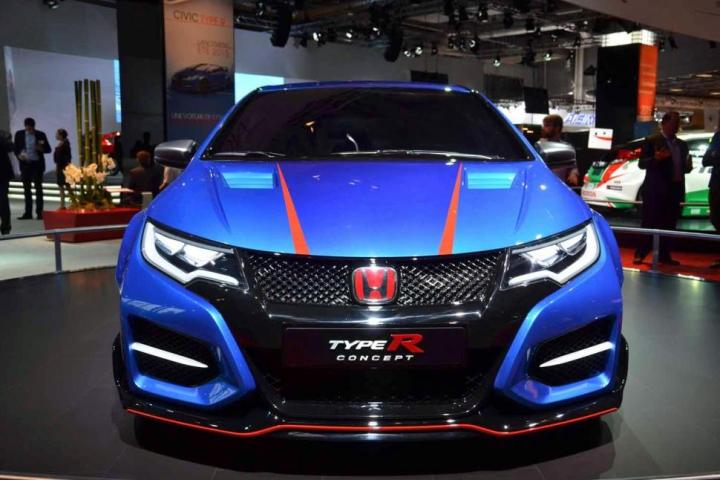
European and Asian markets have been thrashing the high revving, performance-focused Civic Type R around since 1997, while American consumers have had to settle for the Civic Si.
We don’t mean to slight the charming, 205-horsepower Si, but compared to its more illustrious cousin (and its turbocharged competitors), it seems a little watered down.
However, this dynamic might be changing.
A new report by Spanish news source Motor y Racing claims that Honda may be developing a new, U.S.-spec Civic with the same 2.0-liter turbo engine from the upcoming Type R.
The four-cylinder i-VTEC powertrain holds more than 276 hp under its flamboyant boy-racer hood, but with final specs still undisclosed, some estimates have pegged the turbo’s output at over 300 hp.
It all comes together in what Honda calls “the most extreme [Civic] yet,” but it is not known if the proposed model will wear Type R badges or not. Further questions arise about the future of the Civic Si, which could be relegated to mid-lineup status (where it should be) or replaced altogether.
Only time will tell.
If the rumors ring true, a turbocharged American Civic couldn’t be coming at a better time. Ford has just announced that the 300-plus–hp Focus RS, a model that is typically relegated to the European circuit, will become a global seller soon.
Slotted above the 252-hp Focus ST, the RS would make a fantastic competitor for the boosted Honda, although it will likely have the benefit of all-wheel drive.
However, if we’re talking hot hatches, we can probably all agree: the more the merrier.


